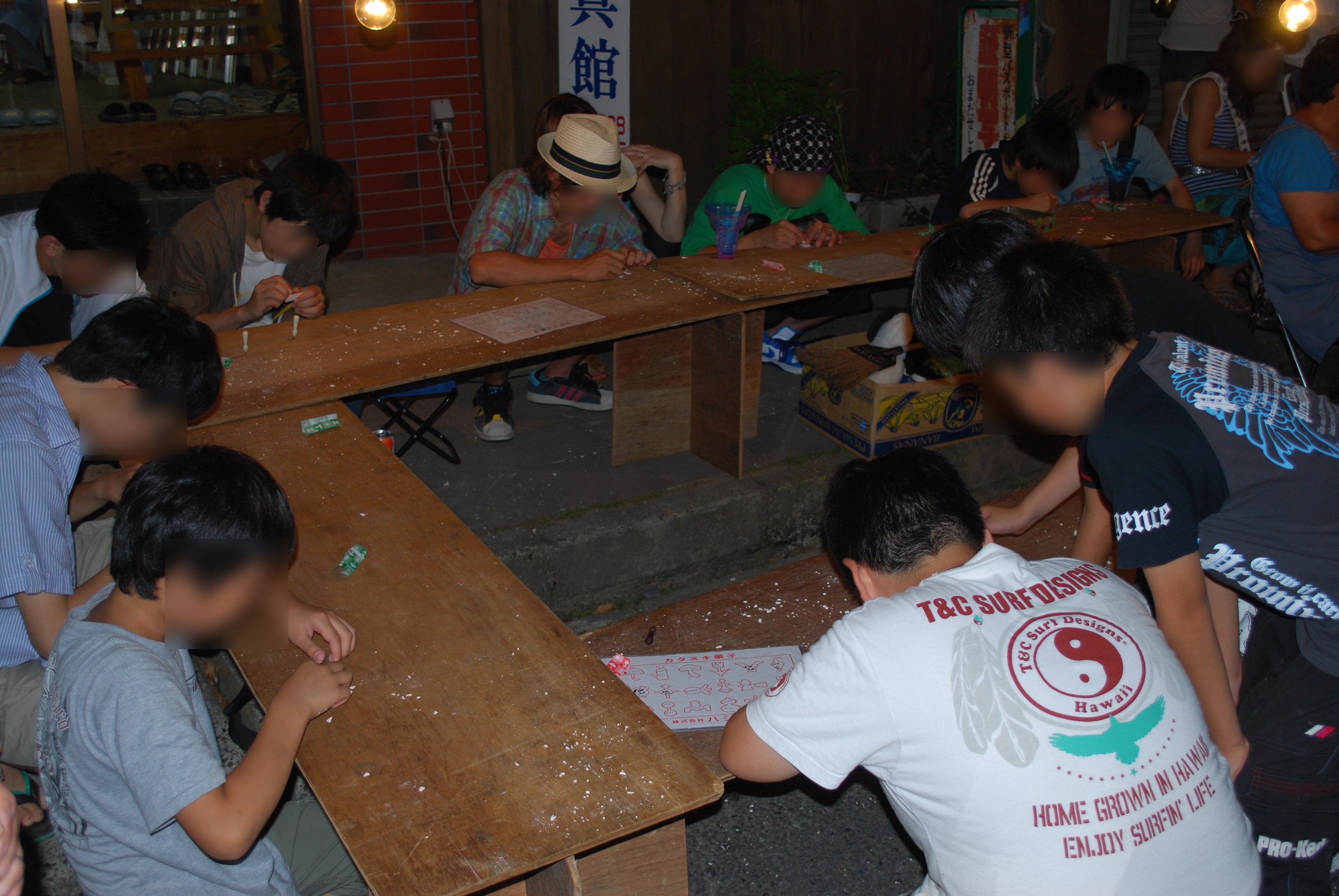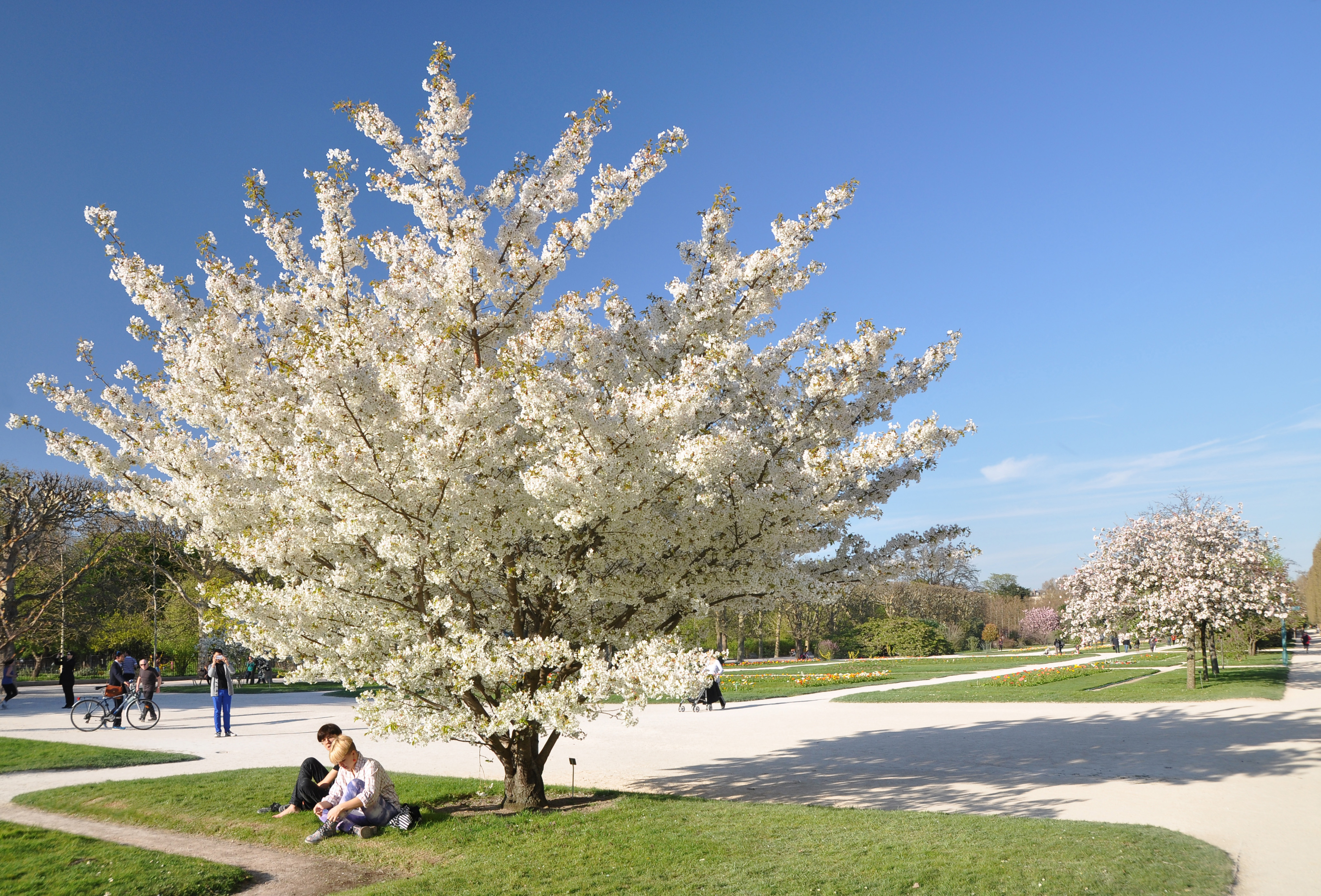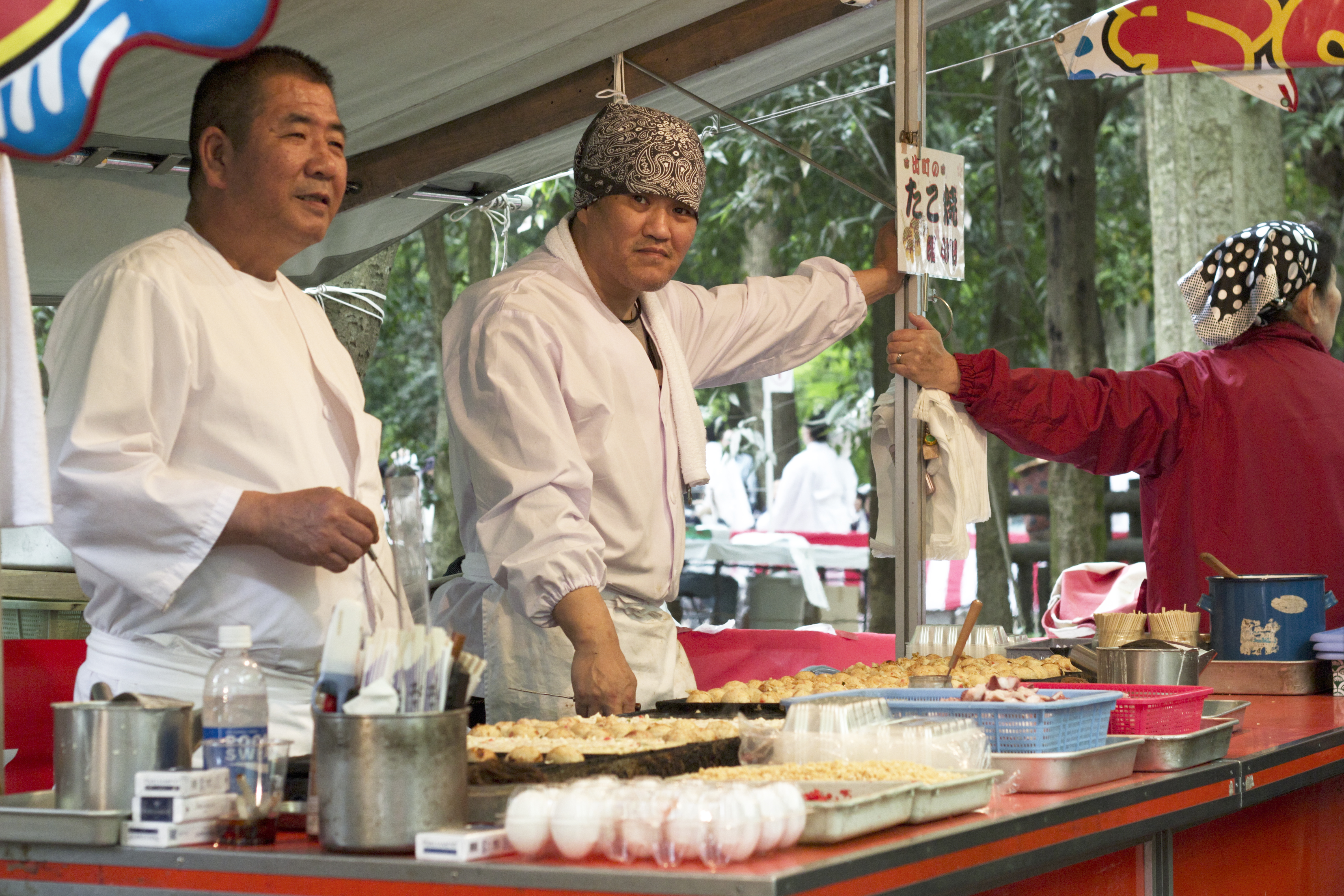|
Katanuki
''Katanuki'' ( or ), literally diecutting, is an activity common at Japanese festivals in which a colored mold of candy made of wheat flour, starch, or sugar, is carved using a needle or toothpick in the shape of an animal, star, a cherry blossom, etc. Those who are able to skillfully carve the mold receive a prize. Overview The official name for ''katanuki'' is , but it is commonly called or simply . Although it is called diecut candy, it is not made for the purpose of eating. The raw materials are indeed foodstuffs, but because it is not distributed as food, and because it is a health hazard to consume and is not particularly appetizing, it is generally not eaten. ''Katanuki'' was once a regular good carried in carts by ''tekiya'' (peddlers) on ''ennichi'' (auspicious Shinto days when festivals are often held), but at present, this is becoming less common. A long time ago, it was a side-show at picture story shows (). Aside from carts, the molds are sometimes sold at small c ... [...More Info...] [...Related Items...] OR: [Wikipedia] [Google] [Baidu] |
Dalgona
''Dalgona'' () or ''ppopgi'' () is a Korean candy made with melted sugar and baking soda. It was a popular street snack in the 1970s and 1980s, and is still eaten as a retro food. When a pinch of baking soda is mixed into melted sugar, the thermal decomposition of the baking soda releases carbon dioxide, which makes the liquidized sugar puff up, and it becomes a light and crunchy candy once cooled and hardened. Typically, the creamy beige liquid is poured on a flat surface, pressed flat, and stamped with a patterned mold. Eaters try to trim their way around the outline or picture on the snack without breaking the picture. Traditionally, if this trimming is completed without breaking the candy, the consumer receives another free ''dalgona''. Modern cafes in Korea serve novel dalgona coffee beverages where ''dalgona''-flavoured coffee cream is heaped on top of iced tea or coffee, as well as pastries such as scones. Some cafes also used dalgona to launch desserts such as bingsu and ... [...More Info...] [...Related Items...] OR: [Wikipedia] [Google] [Baidu] |
Japanese Festivals
Japanese festivals are traditional festive occasions often celebrated with dance and music in Japan. Many festivals have their roots in traditional Chinese festivals, but have undergone extensive changes over time to have little resemblance to their original form, despite sharing the same name and date. There are also various local festivals (e.g. Tobata Gion) that are mostly unknown outside a given prefecture. Unlike most people in East Asia, Japanese people generally do not celebrate the Lunar New Year, its observance having been supplanted by the Western New Year's Day on January 1 in the late 19th century (see Japanese New Year); however, many continue to observe several of its cultural practices. Many Chinese residents in Japan, as well as more traditional shrines and temples, still celebrate the Lunar New Year in parallel with the Western New Year. In Yokohama Chinatown, Japan's biggest Chinatown, tourists from all over Japan come to enjoy the festival, similar to ... [...More Info...] [...Related Items...] OR: [Wikipedia] [Google] [Baidu] |
Cherry Blossom
A cherry blossom, also known as Japanese cherry or sakura, is a flower of many trees of genus ''Prunus'' or ''Prunus'' subg. ''Cerasus''. They are common species in East Asia, including China, Korea and especially in Japan. They generally refer to ornamental cherry trees, not to be confused with cherry trees that produce fruit for eating.Toshio Katsuki. (2015) ''Sakura''. pp.14–18 Iwanami Shoten. It is considered the national flower of Japan. Wild species of the cherry tree is widely distributed mainly in the Northern hemisphere. In the mainstream classification in Europe and North America, cherry trees for ornamental purposes are classified into the genus ''Prunus'' which consists of about 400 species. In the mainstream classification in Japan, China, and Russia, on the other hand, ornamental cherry trees are classified into the genus ''Cerasus'', which consists of about 100 species separated from the genus ''Prunus'', and the genus ''Cerasus'' does not include '' P ... [...More Info...] [...Related Items...] OR: [Wikipedia] [Google] [Baidu] |
Tekiya
''Tekiya'' ( or ; " peddlers") are itinerant Japanese merchants who, along with the '' bakuto'' ("gamblers"), historically were predecessors to the modern '' yakuza''. A loose American equivalent of the ''tekiya'' could be seen in carnies. History ''Tekiya'' ranked as one of the lowest social groups during the Edo period. As they began to form organizations of their own, they took over some administrative duties relating to commerce, such as stall allocation and protection of their commercial activities. During Shinto festivals, these peddlers opened stalls and some members were hired to act as security. Each peddler paid rent in exchange for a stall assignment and protection during the fair. The ''tekiya'' were a highly structured and hierarchical group with the ''oyabun'' (boss) at the top and ''kobun'' (gang members) at the bottom.Raz, Jacob. "Insider Outsider: The Way of the Yakuza." Kyoto Journal. Last modified 17 April 2011. https://kyotojournal.org/society/insider-out ... [...More Info...] [...Related Items...] OR: [Wikipedia] [Google] [Baidu] |
Ennichi
Ennichi (, "related day") is a day believed to have a special relation ( en) with a particular Japanese deity. Often, it is a day when a deity is believed to have been born or left the world. In Shinto, this day is encouraged to be embraced as it is in the "four affirmations" of their religious code. Japanese people generally think that visiting a temple or a shrine on these holy days related to Kami and/or Buddha will bring greater fortunes than on regular days. Therefore, temples and shrines often hold festivals. At such events, there are generally a large number of food stalls selling Japanese food, such as ''takoyaki is a ball-shaped Japanese snack made of a wheat flour-based batter and cooked in a special molded pan. It is typically filled with minced or diced octopus An octopus ( : octopuses or octopodes, see below for variants) is a soft-bod ...'', '' okonomiyaki'', grilled corn, and cotton candy. Festivals in Japan Buddhist holidays Buddhist fe ... [...More Info...] [...Related Items...] OR: [Wikipedia] [Google] [Baidu] |


